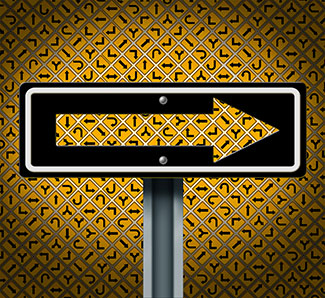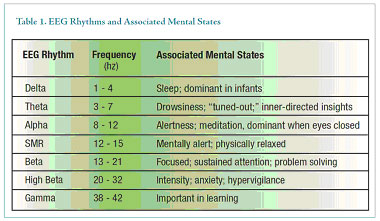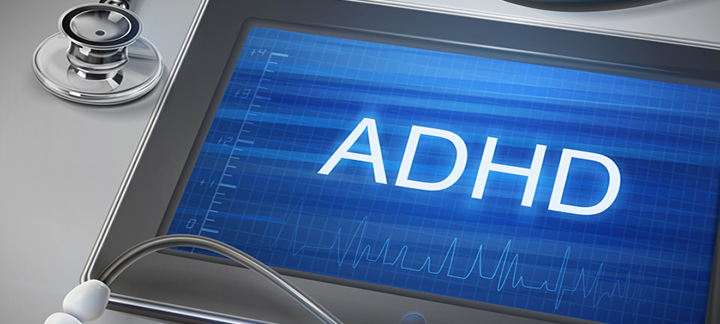ADHD Diagnosis
Brain Wave Activity: The Gold Standard for AD(H)D Diagnosis
The electrical activity of the brain, also known as the "EEG" or electroencephalogram, reflects the functional capacity of the brain to operate efficiently, to change states at will, and to be flexible and resilient. Brain wave frequencies are measured in cycles per second, or Hertz (Hz). These frequencies range from very slow activity characteristic of deep sleep (Delta, 1-3Hz), to drowsy activity (Theta, 3-7 Hz), to moderate activity characteristic of
 relaxed wakefulness (Alpha, 8-12 Hz), and finally to very fast activity which characterizes the activated, problem-solving mind (Beta, 13-21 Hz). The brain also shows a Sensory-Motor Rhythm (SMR 12-15 Hz) which is important in the acquisition of information and is active during mental alertness and muscular relaxation. EEGs that demonstrate very fast activity (High Beta, 22-36 Hz) point to problems with anxiety and even obsessive compulsive disorder. On the other hand, an even faster frequency brainwave, called Gamma (38-42 Hz) is important for intense problem-solving and learning (see Table 1).
relaxed wakefulness (Alpha, 8-12 Hz), and finally to very fast activity which characterizes the activated, problem-solving mind (Beta, 13-21 Hz). The brain also shows a Sensory-Motor Rhythm (SMR 12-15 Hz) which is important in the acquisition of information and is active during mental alertness and muscular relaxation. EEGs that demonstrate very fast activity (High Beta, 22-36 Hz) point to problems with anxiety and even obsessive compulsive disorder. On the other hand, an even faster frequency brainwave, called Gamma (38-42 Hz) is important for intense problem-solving and learning (see Table 1).
When a waking brain that is trying to attend and problem-solve is underaroused (too much slow frequency activity), it's executive functions fail to operate and regulate efficiently. This state is typical of Attention Deficit Disorder. The inability of the brain to produce sufficient fast activity for attention, planning, emotional regulation, judgment and problem solving predisposes individuals with ADD to seek out high levels of stimulation, which help them to feel more normal and attentive. This is why a child with ADD, who doesn't attend well in school, can sit in front of an action movie and attend solidly for 90 minutes! This is also why stimulant medication, like Ritalin, Concerta and Adderall, can improve the attention factor in ADD.

Because of this close relationship between the frequency of brain activity and the individual's ability to attend and engage in efficient executive functioning, the EEG is the perfect tool to diagnose ADD. We refer to it as the "Gold Standard" for diagnosing ADD because research has demonstrated that we can differentiate ADD clients from controls and those with other disorders with 93.7% accuracy using EEG criteria (*Snyder, et al. (2008) Blinded, multi-center validation of EEG and rating scales in identifying ADHD within a clinical sample. Psychiatry Research, 159, 346-358. Available online at www.sciencedirect.com). This result can be contrasted with the accuracy for detecting ADD using parental reports (33%) and teacher reports (61%). Most physicians who diagnose ADD in children or adolescents use a simple paper-and-pencil questionnaire that is given to the child and the parents. These diagnoses are notoriously inaccurate, and result in many kids being placed on stimulant medication who do not need it and can actually suffer from taking it over long periods of time.
A.F.M. Haque e, Donald A. Reynolds. Blinded, multi-center validation of EEG and rating scales in identifying ADHD within a clinical sample Psychiatry Research 159 (2008) 346-358

